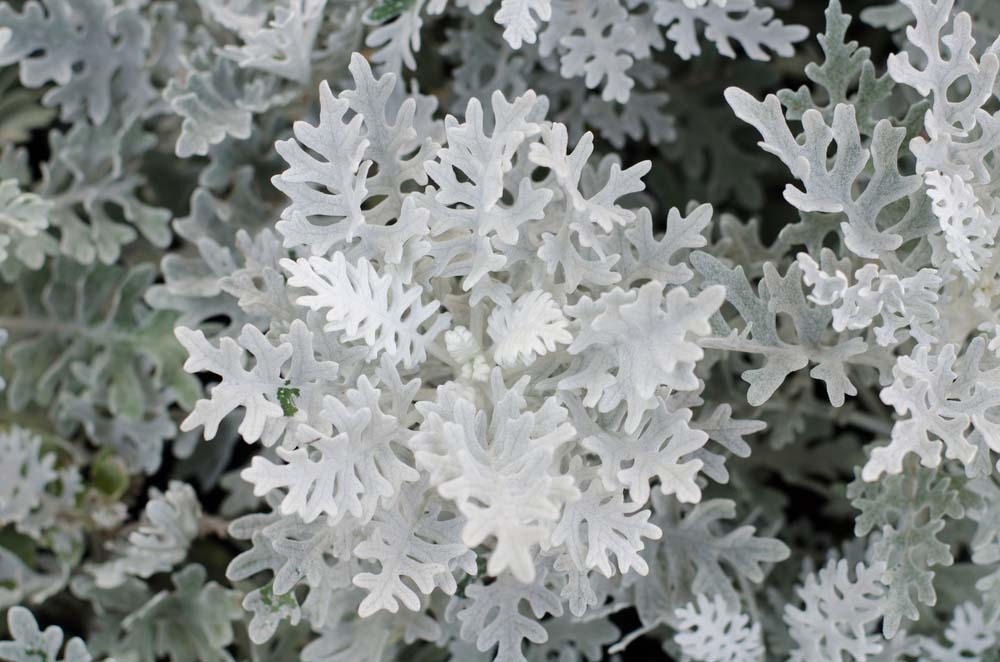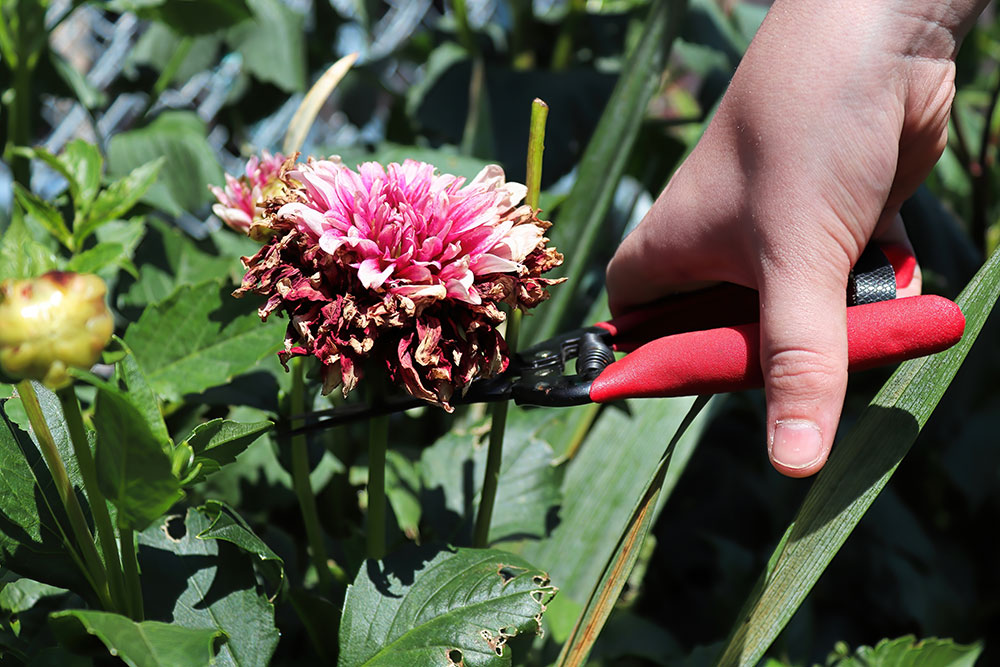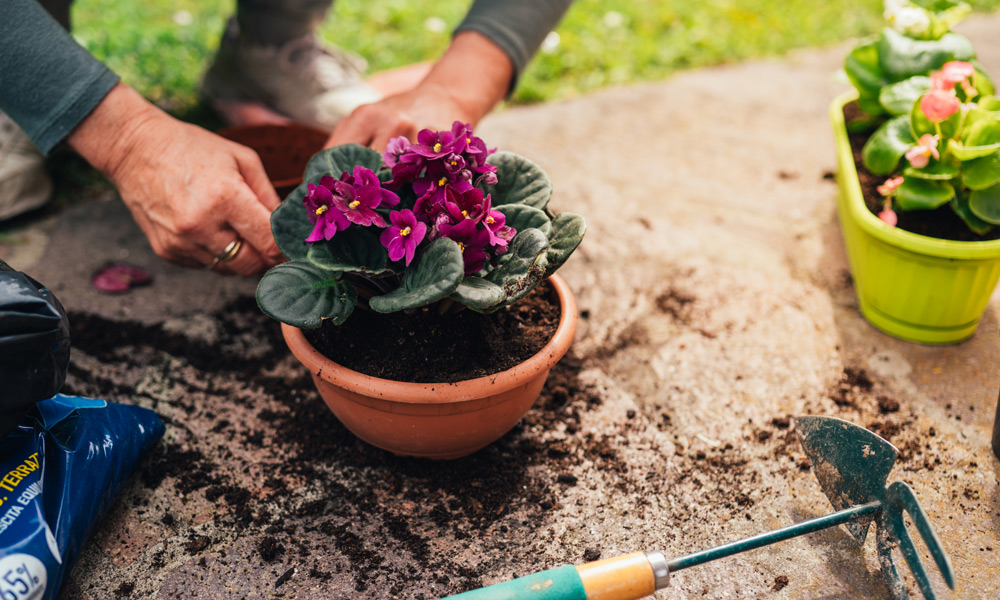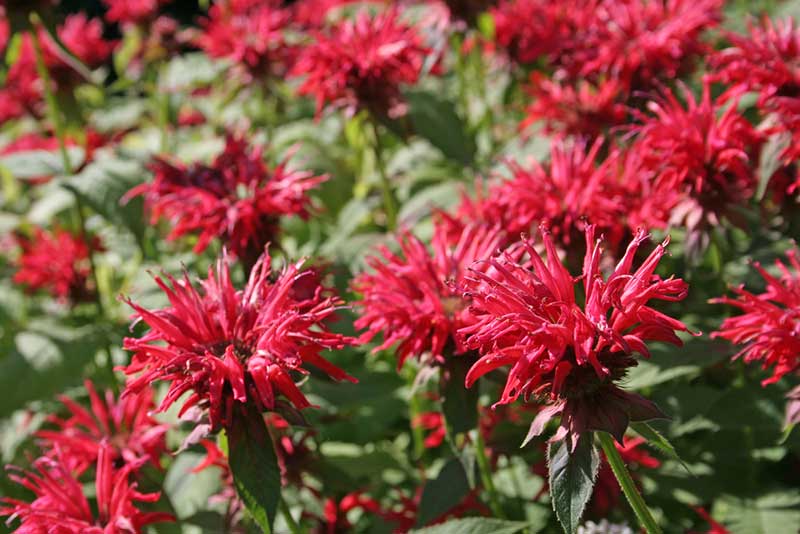
The Dusty Miller is an unusual-looking plant that has silvery leaves that look like delicate lace. They grow to between 6″ and 18″ tall and are grown in zones 7 through 10. It’s an annual, though some people have had success keeping it alive by bringing it inside when the weather gets cold.
It makes a great addition to flower arrangements due to its beautiful leaves and unusual color. It’s an easy plant to grow, is hardy, and isn’t too finicky about its sunlight.
Light and Temperature Requirements
The Dusty Miller likes being in fun sun best, but it will also accept part shade. The more shade this plant gets, the less of a silver color it may have, turning green. Though it loves the sun, it’s best to keep a young plant shaded and out of the high winds until it is established. It will tolerate temperatures of 40 to 80 degrees.
Watering
This plant needs an inch of rain every week to stay healthy. You can track how much rain you’re getting by leaving a rain gauge outside. If you don’t get enough water during the week, supplement by watering every few days. The soil should stay at least moist, but it shouldn’t be overly wet, as this can rot the roots. If you have your Dusty Miller inside in a container, check the soil every couple of days to make sure it’s moist, and water it lightly if it isn’t.
Soil & Fertilizing
The soil that Dusty Miller needs can be anywhere from sandy loam to acidic clay. This plant isn’t fussy about the exact type of soil. It is best, however, to make sure that the soil has good drainage so that the roots don’t sit in water. Adding a little sand or some small rocks to the soil can be helpful for its drainage. The soil should also be moist most of the time, although the plant is drought tolerant. If the soil dries out around an established plant, it won’t die from it.
The Dusty Miller doesn’t need much fertilizer, but it can benefit from getting a dose of it in the early spring. If it gets too much fertilizer, however, it can push the plant into becoming too leggy which will make it weak. If you want to fertilize, take a general-purpose fertilizer that is slow release and apply a couple of teaspoons of it around the plant. If you are growing from seed, wait until they are a few weeks old to give them a starter solution that is weaker than normal fertilizers.

Deadheading and Pruning
When the plant is young, pinching off new areas of growth can help the plant to become more bushy and compact as well as healthier. When new growth is spotted, clip off about 1/2 inch to 1 inch from each of the new-growth tips. From this spot, new stems will grow.
In mid-summer, it can be helpful to cut off about a third of the length of the plant. This delays its summer blooms, but it causes the Dusty Miller to come back even healthier. If you don’t like the look of the chopped-up plant, you can cut one stem every couple of days to achieve the same thing.
In the summer, this plant grows clusters of light-colored flowers, and these can be deadheaded to keep the plant healthy. In fact, some people cut away the flowers all together because they want the plant’s energy to go into the foliage, and the flowers aren’t very attractive.




